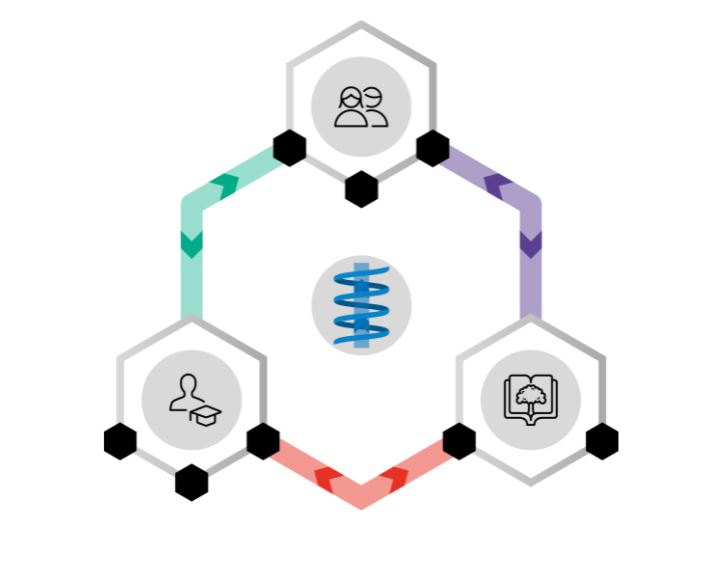Embedding
Part of the Great Teaching Toolkit
FOR TEACHERS
WEEKLY STUDY: 1 HOUR
DURATION: 8 WEEKS
MODE: ONLINE
Summary
This course provides an evidence-based overview of why and how effective embedding helps students reinforce learning and prevent forgetting, and what great teachers do to use them effectively. You will explore how these principles can be applied in the classroom, before practising selecting and adapting individual teaching strategies for different contexts to prepare for the next steps of your personalised professional development.
What will you learn?
For any student, embedding and reinforcing the material they learn is important because memory is not just a storage facility for facts that could just as easily be looked up. Those connections that we all use to organise knowledge in memory are the very things we use to think with and to link new learning to. Embedding is one way in which connections are developed and strengthened.
In this course, you’ll learn about using embedding for three classroom goals:
- to use practice to build understanding;
- to use practice to gain confidence and fluency; and
- to use practice to develop automaticity.
You’ll learn about using scaffolds to support students as they practise, and about gradually withdrawing this support as knowledge and skill become more secure and fluent.
Curriculum outline
Over the first six weeks of this course, you’ll explore the evidence on effective embedding, learning how to provide students with tasks that reinforce learning and secure it. You’ll think about why and how different forms and timing of practice can be effective in developing fluency with knowledge and skill in your subject area, and how great teachers ensure that once-learnt material is reviewed and revisited to prevent forgetting.
In the final two weeks, once you have thought hard about the principles underpinning effective embedding, you’ll move on to practise the act of selecting and adapting strategies for use in the classroom, based on your growing knowledge.
What else is included in the Toolkit?
Assessment Lead Programme
Science of Learning Programme
Behaviour and Culture Programme
Creating a supportive environment
Maximising opportunity to learn
Structuring
Explaining
Questioning
Interacting
Activating
An evidence-based approach to Great Teaching

Teacher feedback tool

Video observation & feedback






